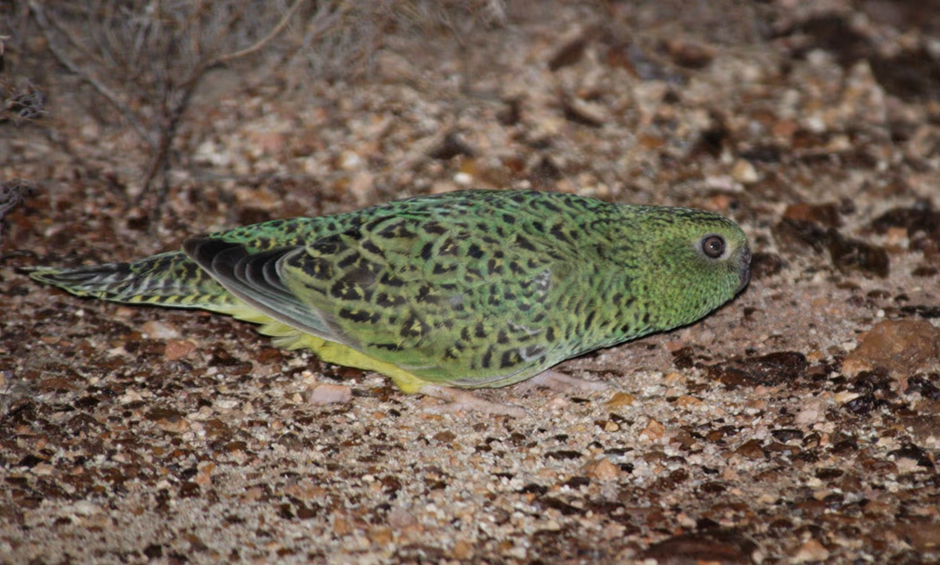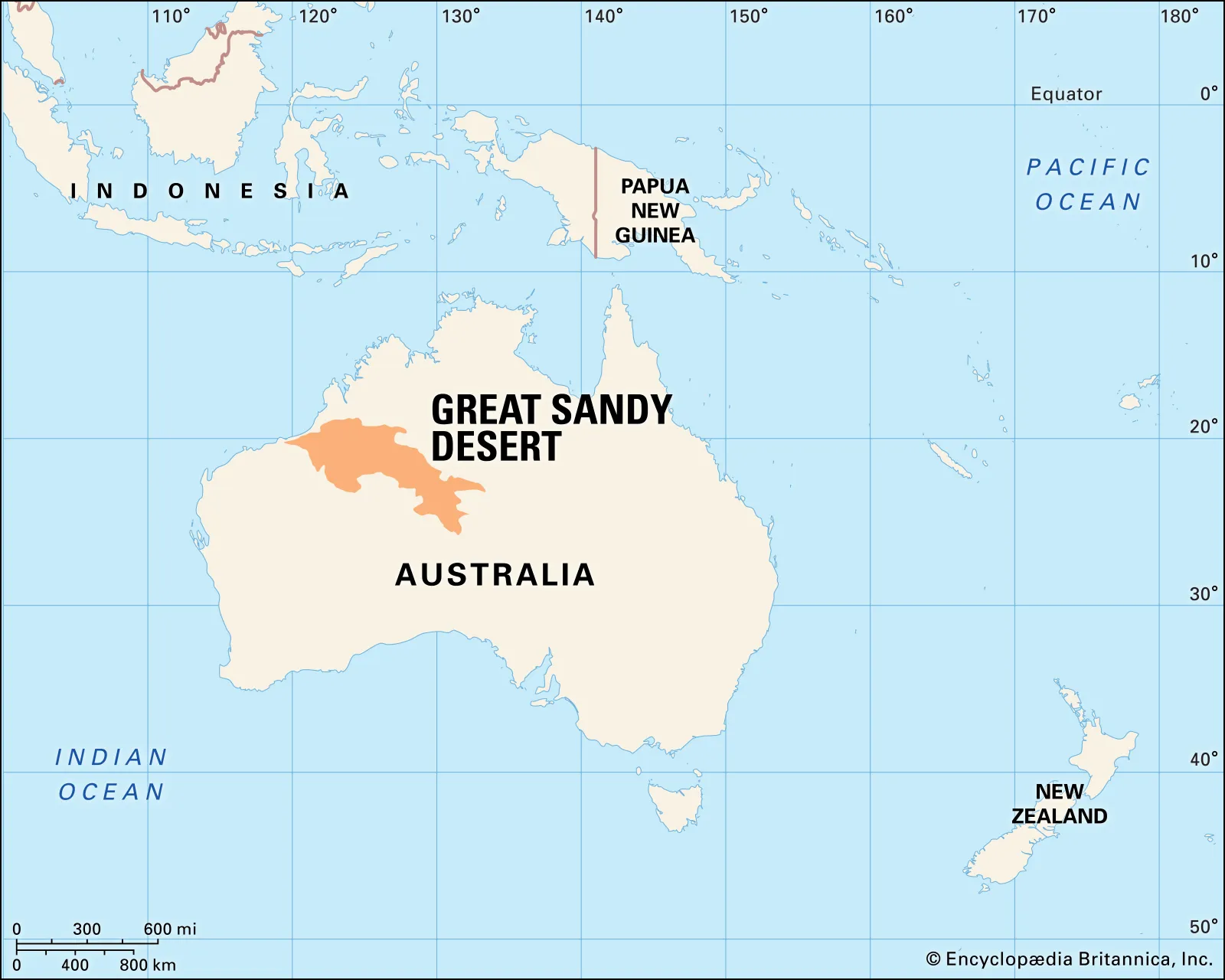- Courses
- GS Full Course 1 Year
- GS Full Course 2 Year
- GS Full Course 3 Year
- GS Full Course Till Selection
- Online Program
- GS Recorded Course
- NCERT (Recorded 500+ Hours)
- Polity Recorded Course
- Geography Recorded Course
- Economy Recorded Course
- AMAC Recorded Course
- Modern India, Post Independence & World History
- Environment Recoded Course
- Governance Recoded Course
- Science & Tech. Recoded Course
- International Relations and Internal Security Recorded Course
- Disaster Management Module Course
- Ethics Recoded Course
- Essay Recoded Course
- Current Affairs Recoded Course
- CSAT
- 5 LAYERED ARJUNA Mentorship
- Public Administration Optional
- ABOUT US
- OUR TOPPERS
- TEST SERIES
- FREE STUDY MATERIAL
- VIDEOS
- CONTACT US
Discovery of Night Parrots in Western Australia
Discovery of Night Parrots in Western Australia
28-09-2024

In September, The largest known group of the critically endangered night parrot has been found in the Great Sandy Desert, Western Australia.
- Conservation Efforts: A team of Ngururrpa rangers and scientists located up to 50 night parrots on Indigenous-managed land.
Key points of the Discovery
1. Background on Night Parrots
- Hard to Spot: Night parrots are very elusive; only a few people have seen them.
- Critically Endangered: Once thought to be extinct, these birds are now found thriving thanks to conservation work.
2. Research Findings
- Field Surveys: From 2020 to 2023, researchers used sound recorders and camera traps to check 31 sites in the Ngururrpa Indigenous Protected Area, finding night parrots at 17 sites.
- Breeding Discovery: The rangers discovered a breeding area, with nests, eggs, and feathers.
3. Indigenous Knowledge Integration
- Collaboration: The study combined traditional knowledge from Indigenous people with scientific methods, showing how effective Indigenous land management can be.
- Traditional Practices: Ngururrpa rangers used traditional fire management techniques to reduce wildfire risks and improve habitats for the night parrots.
Unique Characteristics of Night Parrots
- Nocturnal Behavior: They hide in old spinifex grass during the day and are most active at night.
- Bird Calls: Their calls include sounds that mimic a telephone or a bell, which helps researchers find them.
Vulnerabilities: Predation Risks: Young night parrots are especially at risk from feral cats, making predator management crucial.
Importance of the Discovery
- Biodiversity Significance: With fewer than 20 night parrots recorded in Queensland, the newly found population in Western Australia is important for conservation.
- Conservation Success: This discovery highlights the success of Indigenous-led conservation efforts in protecting wildlife.
About the Great Sandy Desert:

- Geography: Australia’s second-largest desert, covering about 284,993 square kilometers.
- Characteristics: Known for sandy ridges, salt lakes, and spinifex grass; it experiences extreme temperatures and low humidity.
- Demographics: Mainly inhabited by Indigenous Australians, including the Martu and Pintupi tribes.
About Salt Lakes:
- Bodies of water with high salt content, found in dry areas where evaporation is greater than rainfall.
- Characteristics: Can be permanent or temporary, often with salinity higher than 3 grams per liter, and usually not connected to the ocean.
Conclusion
The discovery of a significant population of night parrots in the Great Sandy Desert shows the important role of Indigenous land management in conservation. By combining traditional practices with scientific methods, this effort not only protects a rare species but also emphasizes the need to preserve Australia’s unique wildlife.
Must Check: Best IAS Coaching In Delhi
UPSC Prelims Result 2024 Out: Expected Cut Off & Other Details, UPSC Prelims 2024 Answer with Explanation, Daily Prelims Quiz, Daily Current Affairs, MONTHLY CURRENT AFFAIRS TOTAL (CAT) MAGAZINE, Best IAS Coaching Institute in Karol Bagh, Best IAS Coaching Institute in Delhi, Daily Mains Question Answer Practice, ENSURE IAS UPSC Toppers, UPSC Toppers Marksheet, Previous Year Interview Questions, UPSC Syllabus



